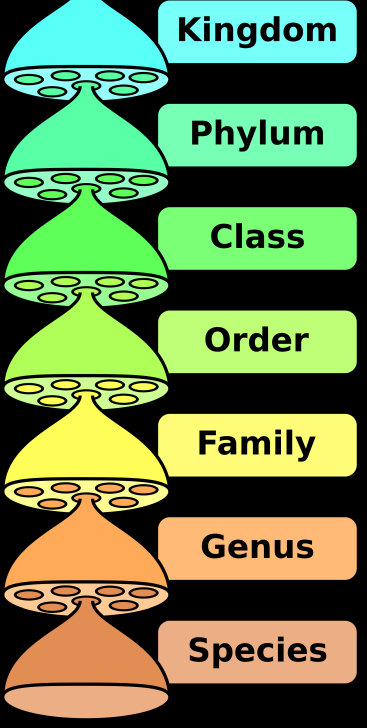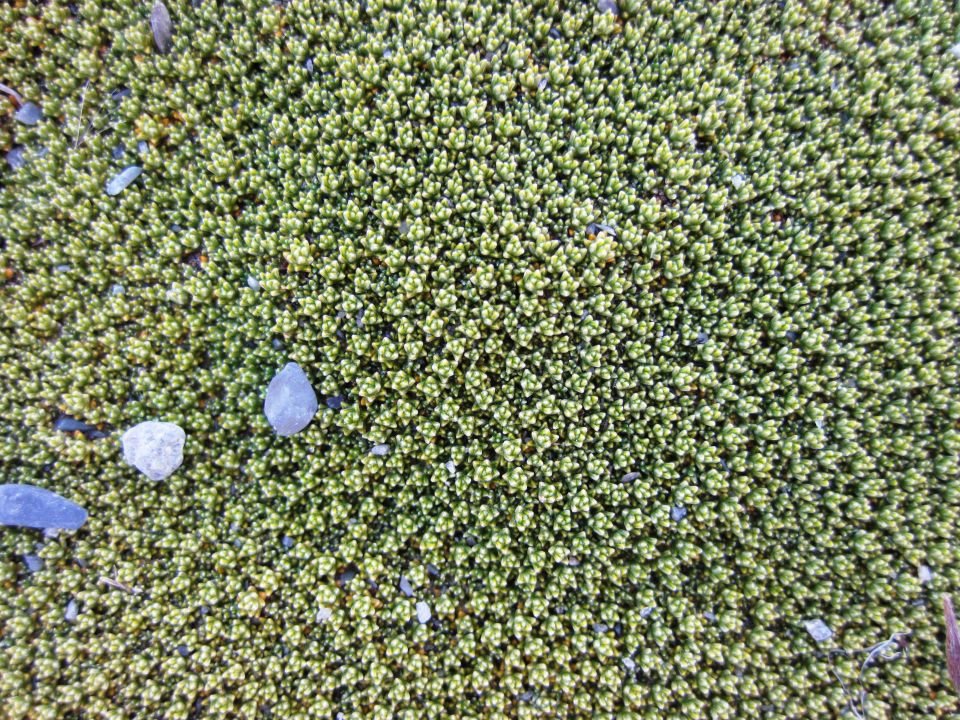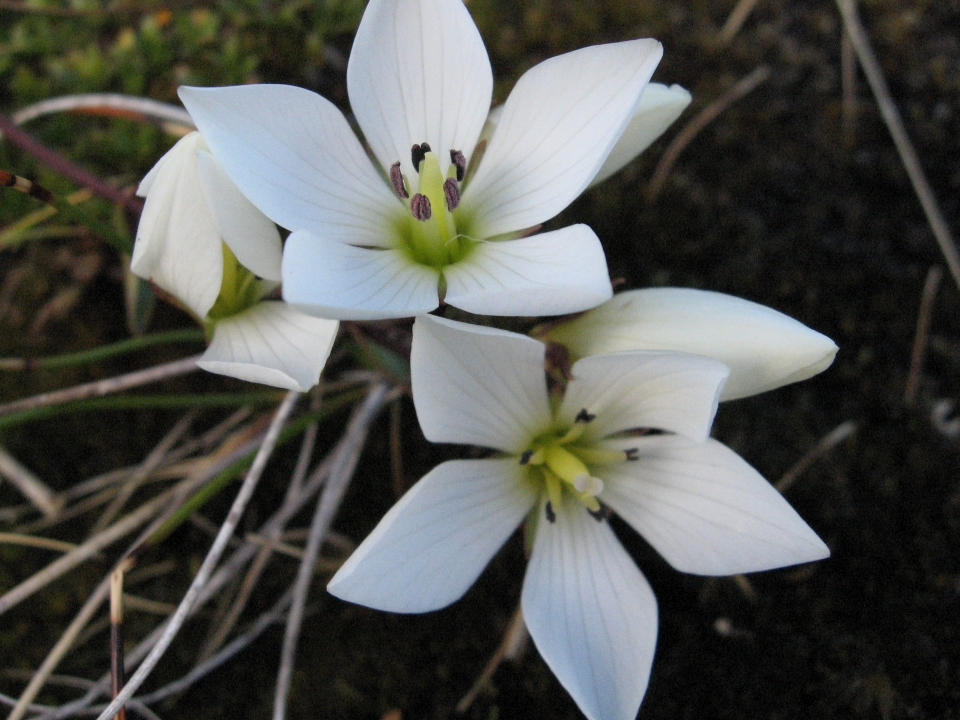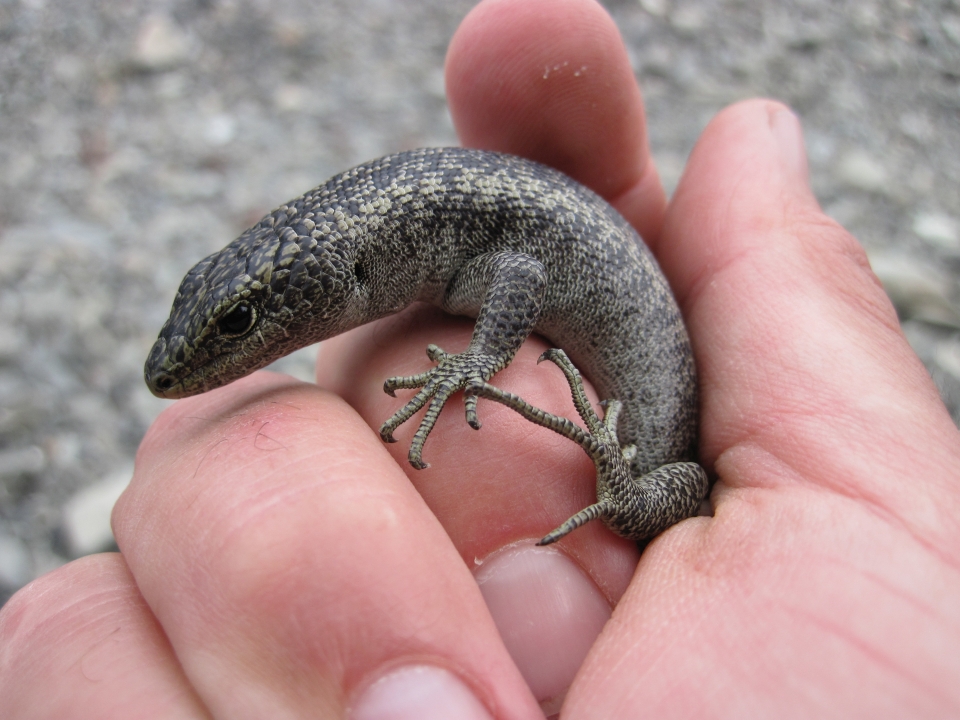A BioBlitz gives people the chance to take a closer look at what lives in an area and identify species that may otherwise go unnoticed. Scientists follow a process to classify and identify living things.
Living Things
Living things are all around us. You know that humans and animals are living, but what about the trees in the forest, or even the microscopic organisms in a pond? Even though they appear to be very different from one another, they are all living things. Scientists study these differences, then classify, or group similar living things together.
Taxonomy of Living Things
Living things are classified into groups. These groups start out large and get smaller until unique characteristics can be identified, and a species name given. Grouping living things with others who share similar characteristics makes it easy for scientists to study them. This system of classification is called taxonomy.
Scientists classify living things at seven different levels:
- kingdom
- phylum
- class
- order
- family
- genus
- species.
To make these classifications scientists look at characteristics, such as:
- appearance
- reproduction
- movement
- genes.
Despite existing for hundreds of years, the science of classification is far from dead. Classification of many species can be difficult and scientists don’t always agree.
Kingdom

Scientists think there are at least five kingdoms:
- animals
- plants
- fungi
- protists (very simple organisms that can move)
- bacteria.
Some scientists now support the idea of a sixth kingdom of viruses. This is still being argued around the world.
Phylum
Below the kingdom is the phylum (plural phyla). Within the animal kingdom, major phyla include:
- chordata (animals with a backbone)
- arthropoda (includes insects)
- mollusca (molluscs such as snails).
Class
Each phylum is then divided into classes. Classes within the chordata phylum include mammals, insects, reptiles and fish, among others.
Order
The class will then be subdivided into an order. Within the mammals class, some examples of an order include:
- cetacea (including whales and dolphins)
- carnivores
- primates (monkeys, apes and humans)
- bats.
Family
From the order, the organism will be classified into a family. Within the order of primates, families include:
- hominids (great apes and humans)
- old world monkeys such as baboons
- gibbons and lesser apes.
Genus and species
Finally, the classification will come to the genus and species. These are the names that are most commonly used to describe an organism. Usually there are a group of organisms that make up a genus. An example within the primate family is the genus Homo for all human species (Homo sapiens).
When identifying species during a BioBlitz you can use technology such as iNaturalist to help you identify a genus and species. You may also use a common name or Māori name. For example, a kererū or New Zealand pigeon is also known as a kūkūpa, kūkū, wood pigeon or native pigeon. Its scientific name is Hemiphaga novaeseelandiae.
 Scientific names are based on Latin and used all around the world. This universal scientific language allows scientists from different countries to understand each other. Every living thing is given a two-part name that tells us which genus it belongs to and then gives a unique species name.
Scientific names are based on Latin and used all around the world. This universal scientific language allows scientists from different countries to understand each other. Every living thing is given a two-part name that tells us which genus it belongs to and then gives a unique species name.
Ready for a quiz? Try the "Identifying Living Things" interactive activity.







